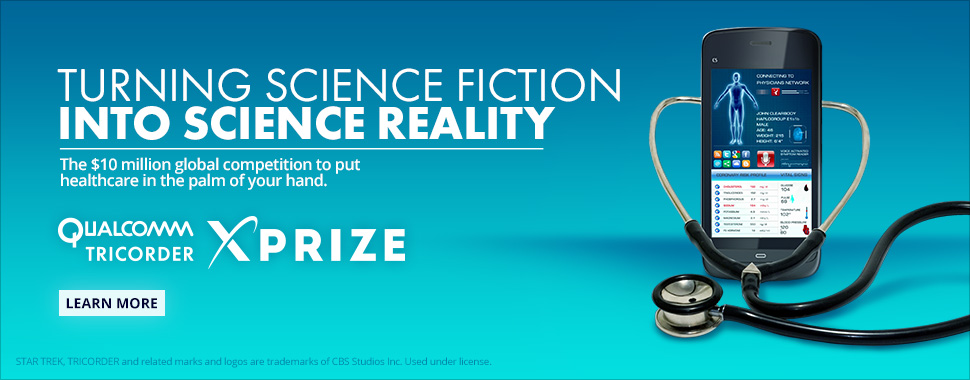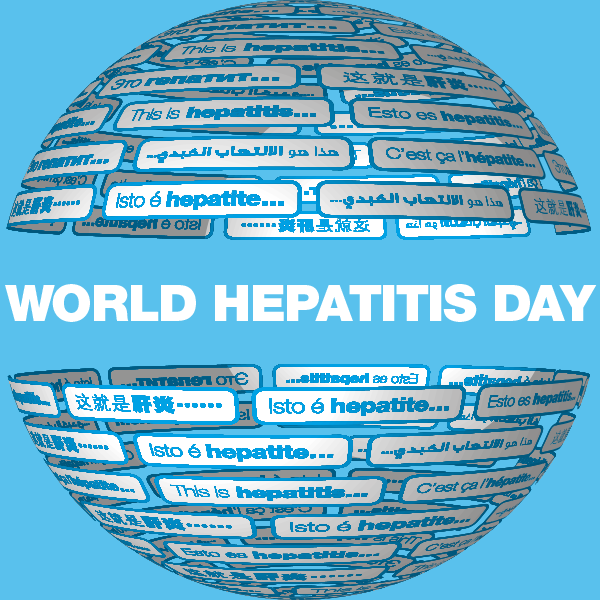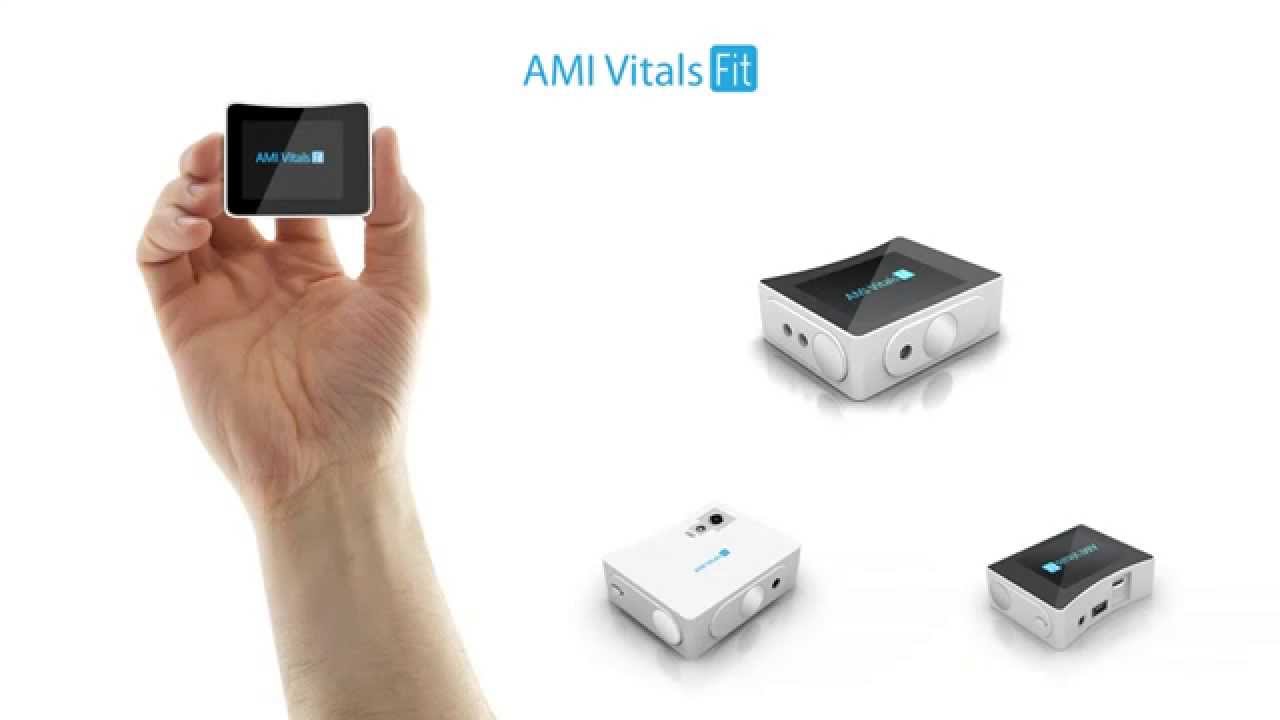

Clinicians-to-be are losing touch, according to a recent Johns Hopkins study, which clocks the time medical interns spend talking and examining patients at 12 percent, superior only to time spent walking about a facility (7 percent) and partaking in other miscellaneous tasks (9 percent).

“One of the most important learning opportunities in residency is direct interaction with patients,” said Lauren Block, MD, a clinical fellow in the Division of General Internal Medicine at the Johns Hopkins University School of Medicine and leader of the study, in a prepared statement. “Spending an average of eight minutes a day with each patient just doesn’t seem like enough time to me.”

A subject pool of 29 internal medicine interns were observed by researchers over the course of three weeks and 873 hours at Johns Hopkins and the University of Maryland Medical Center. Intern activity was marked via an iPod Touch app; every shift minute was accounted for, the study proclaimed.

What Block and crew found was that the bulk of the modern residency was allocated to indirect patient care pursuits (64 percent) ” such as order placement, electronic record upkeep and patient history research ” a trend only accentuated by the many technological advances made on the healthcare front over the years. While this has always been the case, investigators were particularly concerned that trainee bedside presence seemed to be plummeting even further (studies from 1989 and 1993 ranked direct patient interaction at 18-22 percent) despite tech systems in place geared toward increasing patient-doctor face time.

Healthcare technology should ideally enable physicians to spend more time face-to-face with the patient and enable higher quality of care and fewer medical errors, Block told PhysBizTech. For instance, wireless technology should allow the patient’s note to be written at the bedside. Technology should be used to allow medical professionals access to the latest information on a patient’s care as well as facilitate communication with any other providers a patient may see. Education can be enhanced with figures, videos and studies available at a moment’s notice on rounds as well as by simulation.
But between what is ideal and what technically is, lies the problem.
The problem is that healthcare technology has not always been designed or implemented with a view to coordinated patient care or to seamless provider workflow, Block said.
Additionally, regulations set in motion in 2003 to limit consecutive residency hours present another dimension to the trainee conundrum.
“It’s not an easy problem to solve,” Leonard Feldman, MD, the study’s senior author and a hospitalist at The Johns Hopkins Hospital, added in a news release. “All of us think that interns spend too much time behind the computer. Maybe that’s time well spent because of all of the important information found there, but I think we can do better.”
To this end, Block suggests thoughtful residency reform and a focus on supervision and gradual independence whilst improving resident quality of lifeas a secondary goal. Regarding possible amendments to the 2003 limitations, Block stressed the need to consult the research.
I think that changes to residency work hours should be based on evidence of what works in terms of the goals of patient safety and quality of care, she said. Our research group is trying to study how residents function to inform the debate over residency work hours.
Facilities could also employ the following measures to encourage more trainee-patient interaction and promote a continuity of care:
Link patients without a primary care doctor to see a resident in clinic or a resident in a practice.
Provide discharge summaries of all patients admitted by the resident.
Construct teams so that patients are admitted to the same group of residents on any subsequent admissions.
Improving residency conditions on all levels will require reform participation from all sectors, but Block and colleagues are holding out hope that the doctor-patient relationship will prosper and prevail.
I hope the information we generated will spark others to take up the cause to use healthcare technology to improve the doctor-patient relationship and medical training, Block concluded.
(The Journal of General Internal Medicine)
Be a part of Elets Collaborative Initiatives. Join Us for Upcoming Events and explore business opportunities. Like us on Facebook , connect with us on LinkedIn and follow us on Twitter , Instagram.
"Exciting news! Elets technomedia is now on WhatsApp Channels Subscribe today by clicking the link and stay updated with the latest insights!" Click here!
















